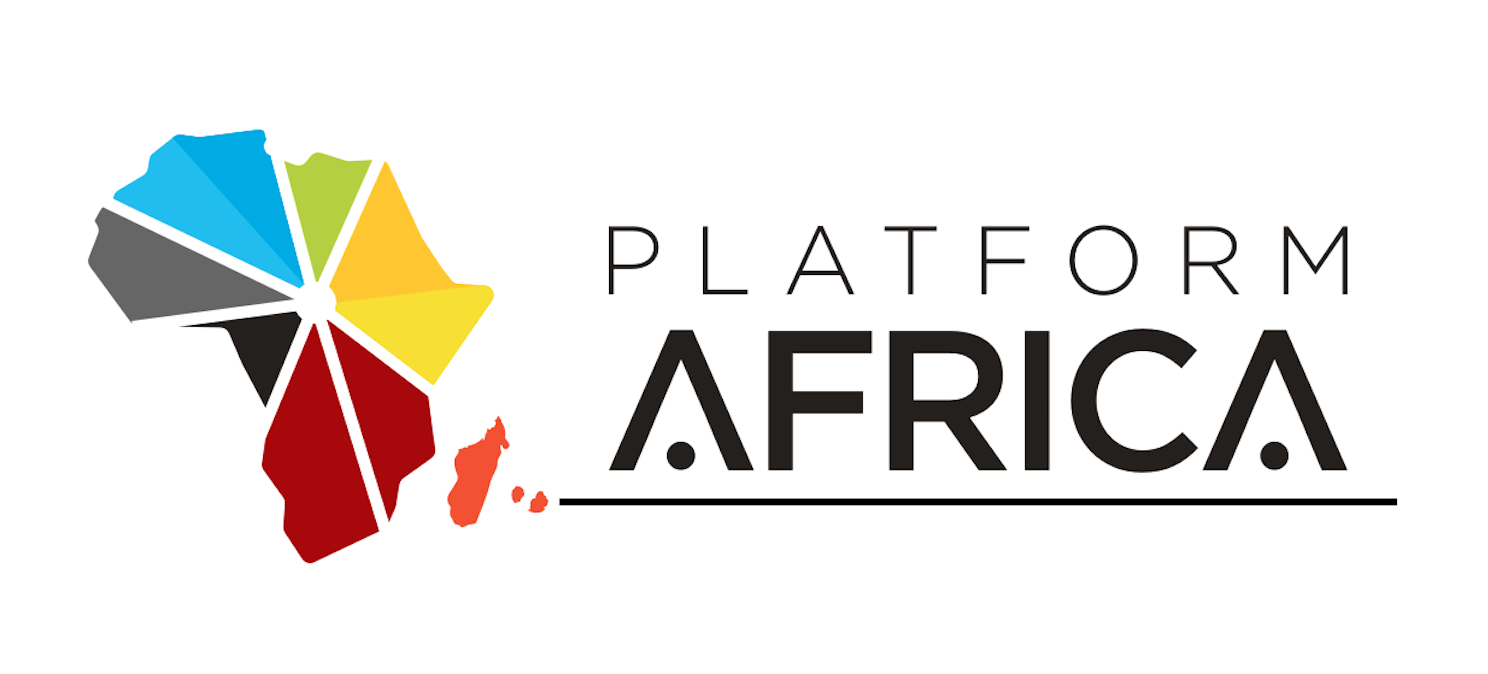By Fazeel Soyfoo, Partner at Andersen in Mauritius
The Government’s first Budget strikes a tone of fiscal correction and cautious transformation – but much will depend on delivery and discipline
In presenting the first Budget of this new government, the Honourable Prime Minister and Minister of Finance and Economic Development, Dr Navinchandra Ramgoolam, did not just lay out a financial blueprint — he offered a sweeping critique of the past and a bold pledge to reset the national course. Faced with deteriorating public finances, growing debt, and economic uncertainty, this was not a Budget of extravagance, but one of reconstruction: From Abyss to Prosperity, as the speech itself proclaimed.
The backdrop is sobering. Public debt at 90% of GDP, a ballooning budget deficit, and the fiscal scars left by pandemic-era monetary interventions all weigh heavily on the national balance sheet. Yet, rather than shy away from the hard numbers, Dr Ramgoolam put them front and centre — a rhetorical and political strategy that sets the stage for the corrective agenda that follows.
At its core, this Budget is structured around three pillars: Economic Renewal, A New Social Order, and Fiscal Consolidation. Together, they reflect an attempt to move the country away from consumption-led growth to a more investment-driven, innovation-centred economic model — with credibility and execution being the twin tests it must now pass.
On the fiscal side, the government’s pledge to bring the debt ratio down to 75% within its mandate, and to a statutory target of 60% over the longer term, is ambitious. Notably, the Minister of Finance resisted the temptation to raise VAT – a politically and socially sensitive move – choosing instead to broaden the tax base, cut exemptions, and introduce new contributions from high-income individuals and profitable sectors.
However, make no mistake – this is, by any measure, a high-tax Budget. While efforts have been made to preserve progressivity and broaden the base, the cumulative tax burden — especially on corporates and higher earners — is substantial. As the Minister of Finance himself alluded, the looming risk of a sovereign rating downgrade is real and pressing. It is undoubtedly one of the key factors that has shaped this Budget’s aggressive fiscal posture. The priority now must be to restore macroeconomic confidence so that future Budgets can shift from austerity to opportunity.
Taxation Measures: Fairness Meets Pragmatism
Tax reform rightly takes centre stage. The simplification of the personal income tax regime — from 11 bands to just three — is a welcome step towards greater clarity and ease of compliance. With income up to Rs 500,000 now taxed at 0%, and a top rate of 20% above Rs 1 million, this structure will ease the burden for many taxpayers, particularly those in the middle-income brackets who have historically been squeezed.
At the higher end, the Fair Share Contribution introduces a temporary, progressive top-up for high-net-worth individuals and profitable corporates. High-income earners will be subject to the new Contribution: a 15% levy on annual income above Rs 12 million, inclusive of local dividends. This represents a marginal rate of tax of 35%, which is far higher that the flat 15% rate of a few years ago.
For corporates, a sliding Fair Share Contribution of up to 5% is applicable for income above Rs 24 million. Considering the existing corporate tax rate of 15% plus the additional burden of the recent Corporate Climate Responsibility (CCR) Levy of 2% and the pre-existing Corporate Social Responsibility (CSR) contribution of 2%, the tax rate for some profitable domestic companies could reach 24%. Banks have also been targeted in the process.
The Fair Share Contribution is applicable for a period of three years (up to June 2028) and explicitly excludes Global Business Companies (GBCs). While the policy is defensible in a period of fiscal repair, it must be implemented with care to avoid eroding investor confidence or adding excessive complexity to the compliance environment.
The Qualified Domestic Minimum Top-Up Tax (QDMTT), which applies to resident subsidiaries or parents of large multinational enterprises, seeks to ensure a 15% minimum effective tax rate in line with OECD Pillar Two. While its scope is narrow, the timing may prove premature given the evolving global consensus and uncertainty in other jurisdictions. A more measured rollout might have mitigated transitional risks. The Alternative Minimum Tax on selected sectors is another step that must be implemented carefully to avoid disincentivising investment.
The VAT reforms are equally notable. On one side, the reduced registration threshold from Rs 6m to Rs 3m will bring a number of small businesses within the scope of VAT. On the other hand, the extension of VAT to digital services supplied by foreign providers reflects a more modern and equitable approach to taxation in a digitised economy. These changes will expand the VAT base, but will also demand increased administrative readiness and taxpayer education.
Most welcome, however, is the decision to restrict the MRA’s assessment powers to two years, save in exceptional circumstances. This long-standing ask from tax professionals and businesses will help enhance tax certainty. Complementary dispute resolution and voluntary disclosure mechanisms should further streamline taxpayer interaction and help clear the backlog of legacy cases.
Taken together, these reforms represent a strong pivot towards simplification, equity, and fiscal resilience. The next phase must prioritise predictability — giving businesses and individuals the clarity and confidence to plan ahead.
A final point concerns property taxation. The increase in registration duty from 5% to 10% on non-citizen purchases under existing investment schemes — as well as the corresponding increase in land transfer tax — is a clear revenue-raising measure. A disguised capital gains tax on property, some may say. While understandable in the current context, it does risk tempering foreign investor appetite for real estate. Care must be taken to ensure that this does not undermine long-term investment flows into a sector that remains strategically important for the Mauritian economy.
A Reset for Financial Services
For the financial services sector, the government has taken important — though long overdue — steps to restore credibility. A forthcoming Financial Sector Assessment Programme by the IMF and World Bank, reforms to licensing procedures, and an enhanced compliance culture all send the right signals.
While the Africa strategy and “Innovative Mauritius” brand refresh are positive in theory, they must now be matched by practical facilitation. Investors will judge Mauritius not by slogans, but by the ease and speed of doing business.
That said, we feel that the sector has suffered from a slowdown in recent times. The success of the last two decades has perhaps been taken for granted, even as competing regional financial centres become increasingly aggressive. This Budget’s announcements — from a unified e-licensing system to the electronic trade documents bill, and streamlined pathways for wealth management and family office licensing — are positive, but more will be needed to regain momentum.
What remains missing is a coherent strategic vision. A refreshed 2030 blueprint is urgently needed, together with faster progress on fintech adoption, ESG alignment, and capital markets development. Mauritius must reassert its position, not just as a compliant jurisdiction, but as an agile and innovative one.
Balancing Growth and Social Equity
Even amid fiscal tightening, the Budget sustains a wide range of social measures. The guaranteed minimum income of Rs 20,000, and phased retirement reform (raising eligibility to 65 years over five years), reflect a continued focus on inclusion.
Healthcare reforms — including digitisation — signal long-term intent. Likewise, the rollout of AI curricula in schools and investments in digital education infrastructure aim to strengthen future human capital.
These are thoughtful measures — but execution will be critical. Without firm timelines, budgeted resources and clear institutional accountability, the impact risks falling short.
A Framework for Economic Renewal
The economic strategy laid out reflects a shift in focus — from consumption to investment, from relief to resilience. The four newly announced Pôles de Croissance — in renewable energy, blue economy, creative industries, and waste transformation — are promising. If well implemented, they could unlock sectoral dynamism while also driving sustainability.
The push for digital transformation reinforces the need to position Mauritius within the knowledge economy. Measures to modernise land use, reengage with regional trade blocs, and improve infrastructure (particularly in ports and water) also reflect a longer-term view.
That said, ambition must now meet delivery. The business community will be watching closely to see whether measures to simplify procedures, especially through the restructured EDB, actually materialise on the ground.
Conclusion: From Repair to Renewal
This is a Budget of restoration, not reward — one that seeks to stabilise the fiscal landscape while laying the foundations for long-term transformation. The diagnosis is candid, and many of the prescriptions — particularly in taxation and innovation — are measured and relevant.
But Mauritius has seen ambitious Budgets before. What will define this one is not its vision, but its execution. If follow-through matches intent, this could be the Budget that re-establishes economic credibility and begins the long path to sustainable renewal.




